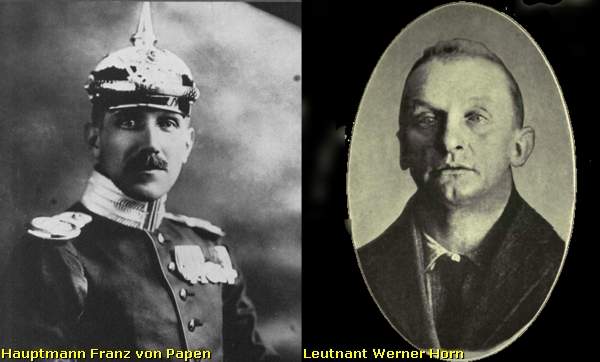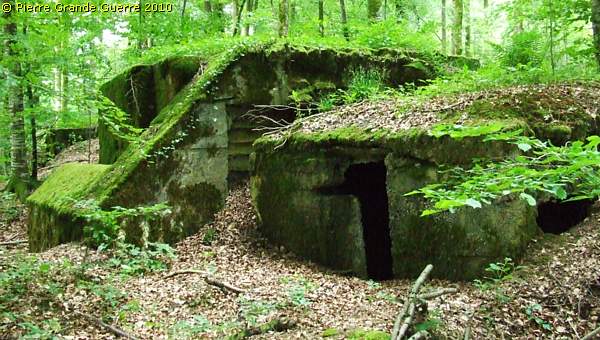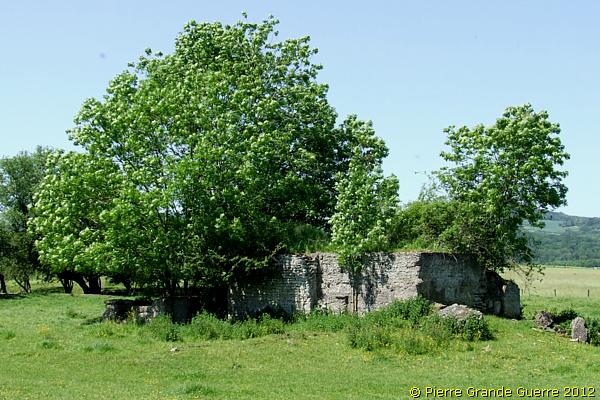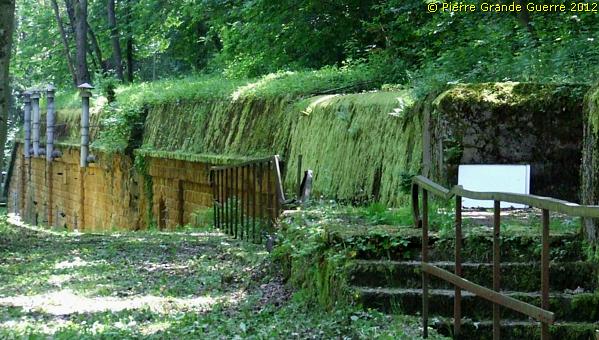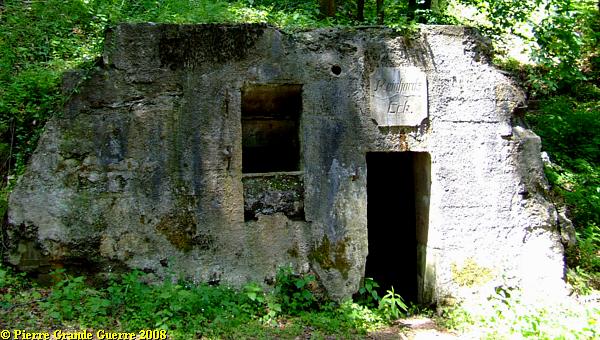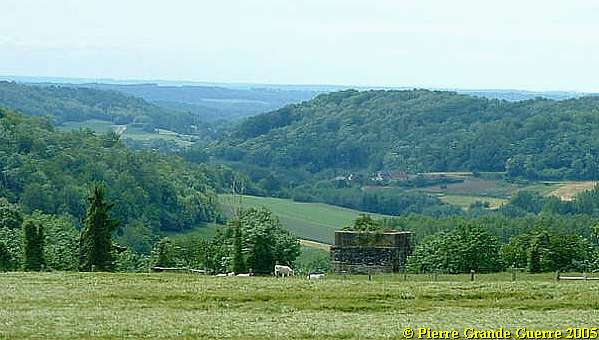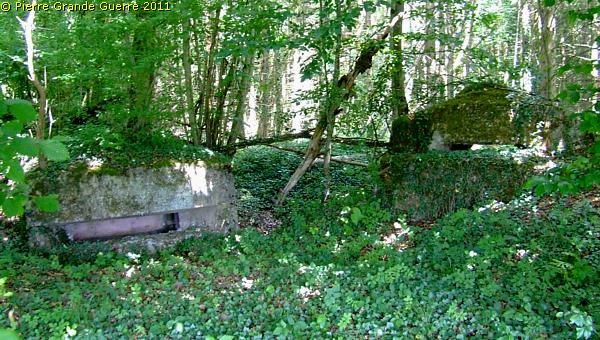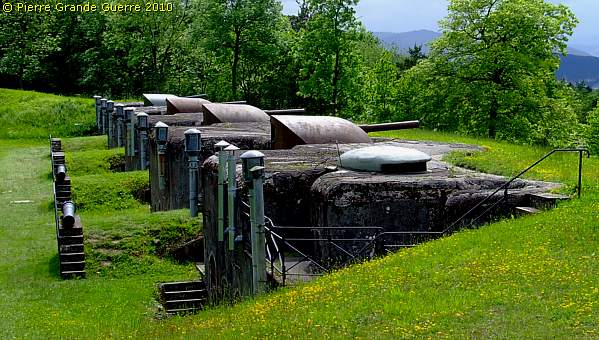SOMME - The Red Baron´s Crash Site at Vaux-sur-Somme
SPECIAL Photo Impression - Year of visit: 2007


One of the most famous men, who used to be buried in the Fricourt German Cemetery until 1925, was Rittmeister Manfred Albrecht Freiherr ( Baron ) von Richthofen.
Rittmeister
Manfred Albrecht
Freiherr
von
Richthofen
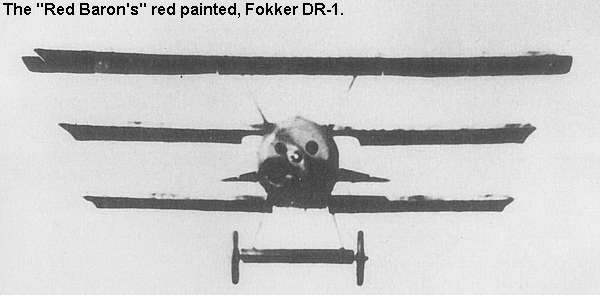
Von Richthofen's nickname was the Red Baron, after his red painted Fokker DR-1 tri-plane. Von Richthofen was the "ace" or topscorer of the German "Kaiserliche Luftwaffe", being responsible for 80 victories in the air.
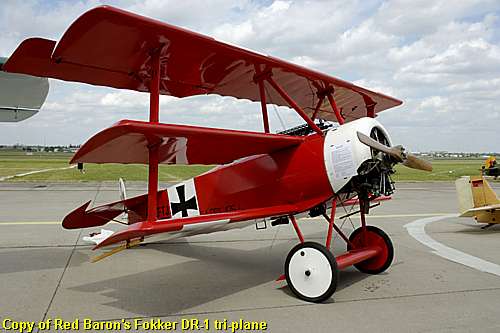
This short period film of 5 mins. 45 secs. shows images of a take-off of the Red Baron on 3 September 1917.
On 21 April 1918, exactly a month after von Hindenburg and von Ludendorff launched their last offensive , the Kaiser's Battle, the Canadian pilot, Captain Roy Brown, claimed to have shot the Red Baron down, in a field, near Vaux sur Somme.
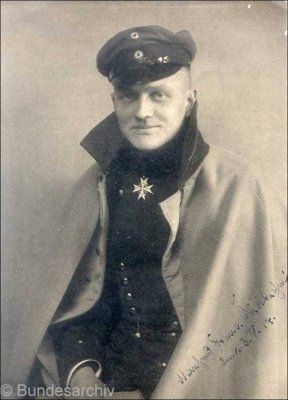
Von Richthofen was involved in an active dogfight with British RE 8s and Camels led by Captain Arthur Roy Brown, with 11 kills to his credit. Brown naturally claimed the victory , but so did Australian Lewis gunners of 14th Artillery Brigade near Vaux sur Somme. Today it is believed that the Lewis gunners deserve credit for the action, given that the angle of the entry of the bullet through von Richthofen's chest was from below, whilst Brown was above von Richthofen .
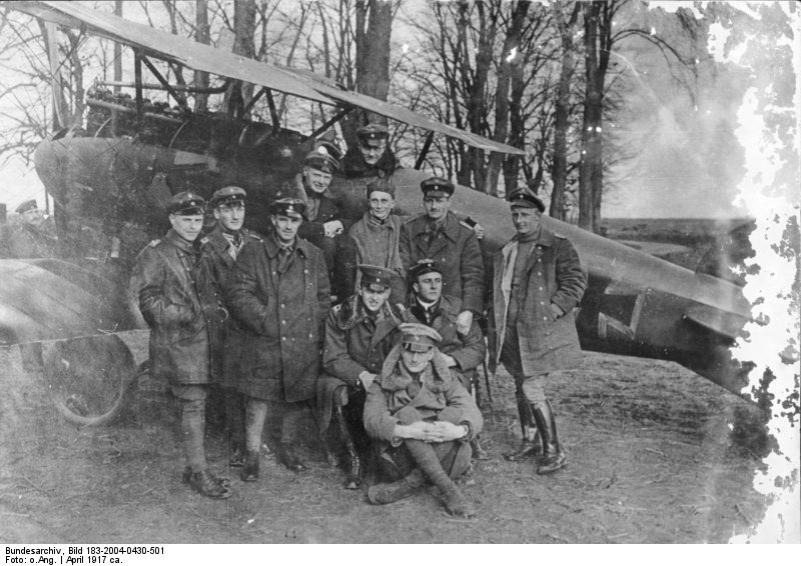
During the last stage of this pursuit , Von Richthofen was hit by a single bullet that caused massive damage to his heart and lungs , resulting in rapid death . In the last seconds of his life, he managed to make a hasty but controlled landing in a field, just north of the village of Vaux sur Somme, in a sector controlled by the Australian Imperial Force (AIF). His Fokker was not damaged by the landing, but Australian souvenir hunters stripped most of it.
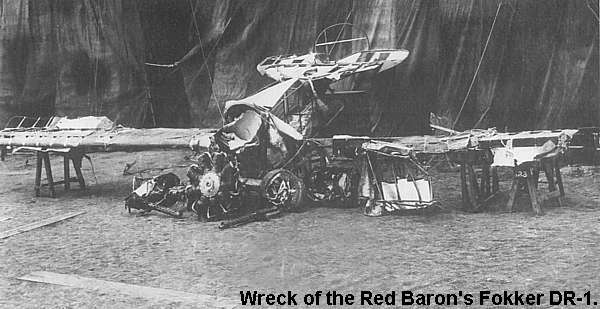
One witness , Gunner George Ridgway , stated that when he, and other Australian soldiers , reached the plane , Von Richthofen was still alive but died moments later. Another eye witness , Sgt. Ted Smout of the Australian Medical Corps, reported that Richthofen's last word were : " Kaputt !" (" Broken !"), immediately before he died .
Several Burials

Von
Richthofen
was
buried
on 22 April 1918 in
Bertangles
with
military
honours
by
the
Australians
.
Though
at first Von
Richthofen
was
buried
at
Bertangles
, later he was
reburied
at
the
Deutscher
Soldatenfriedhof
of
Fricourt
.
This silent film of 3 mins. 43 secs., shared by the Australian War Memorial
, shows images of the wreck and the Red Baron's funeral at Bertangles.
The British Royal Flying Corps dropped a photo of the Red Baron's grave and a message above the German lines .
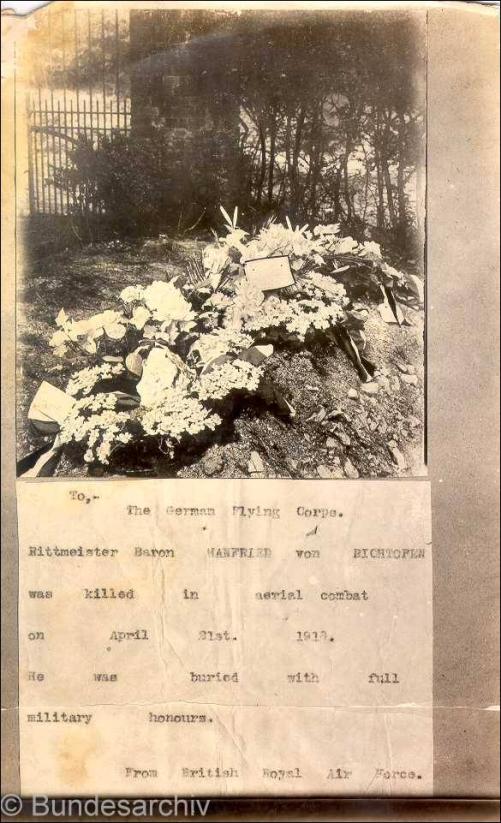
Since early 1925 the remains of von Richthofen rest at the family estate in the former Prussian Schweidnitz , nowadays Swidnica in south -west Poland. On 20 November 1925 the German government requested that the final resting place be the Invalidenfriedhof in Berlin.
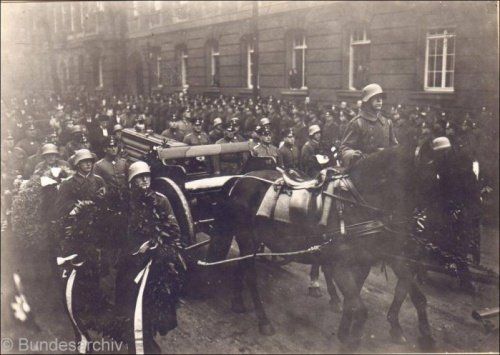
During
the
Cold
War
the
Invalidenfriedhof
was on
the
boundary
of
the
Soviet
zone in Berlin. In 1975
the
remains
were
moved
to
the
family
tomb
at
the
Südfriedhof
in Wiesbaden.
Vaux-sur-Somme
Of course we could not resist to locate the Red Baron's Crash Site, northwest of Vaux-sur-Somme. Nowadays the crash site is a potato field with an interesting information sign....

... about the historical value of this field, and Manfred von Richthofen himself. The Red Baron´s crash site near Corbie at Vaux-sur-Somme:

Dutch Readers , for more details about von Richthofen , read my Dutch article: " Von Richthofen's Laatste Noodlanding ".
